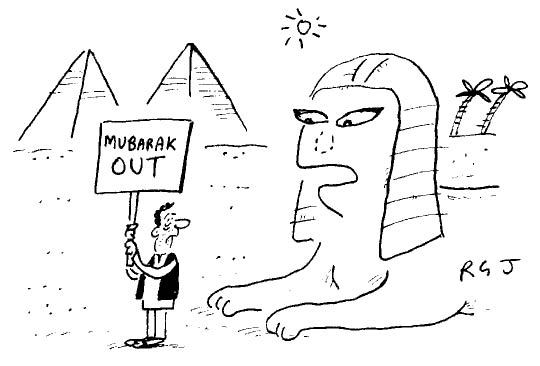Why are children’s graves now littered with toys?
Is a graveyard a public amenity or an arena of self-expression? An Essex council recently ordered grieving families to remove ‘decorations’ from the tombs of their dead children. ‘One councillor claimed that it looked like Poundland,’ said Anne Lee, who was asked to remove the wind chimes from her daughter’s grave. ‘But we think they’re beautiful.’
Is a council a better judge of what is right and fitting in funerary monuments than at least some of the citizenry? Municipal cemeteries are among the many achievements of our Victorian forefathers. They are usually still well maintained. In many towns they are by far the best and most peaceful place to walk; and they are also highly instructive, from more than one point of view.
Recently, for example, I spent a few hours in such a cemetery in the West Country. That death has long been a subject of importance but difficulty for human beings is suggested by the number of expressions for it inscribed on tombstones in this cemetery between 1880 and 1930. Here is a non-comprehensive list (the cemetery was very large and I did not examine every tombstone):
Died, Passed away, Fell Asleep, Departed this Life, Was Called to Higher Service, At Rest, Entered into Eternal Life, Was Gently Translated, Called Home, Passed into Higher Service, Entered into the Homeland, Suddenly Fell Asleep, At Peace, Was Changed…
There is surely an embarrassment in this profusion of expressions, as if the nature of something so deeply undesirable and undesired as death could be altered into something nicer by a change in terminology. One hears in it Matthew Arnold’s long, melancholy withdrawing roar of religious belief; we struggle over words when we are uncertain what we want to say or what we mean.








Comments
Join the debate for just £1 a month
Be part of the conversation with other Spectator readers by getting your first three months for £3.
UNLOCK ACCESS Just £1 a monthAlready a subscriber? Log in